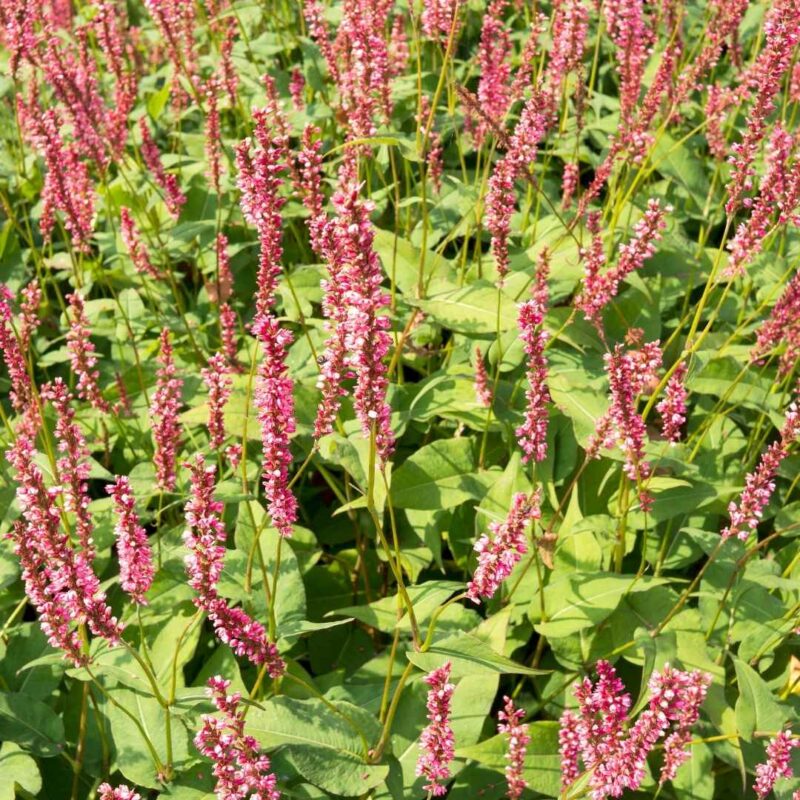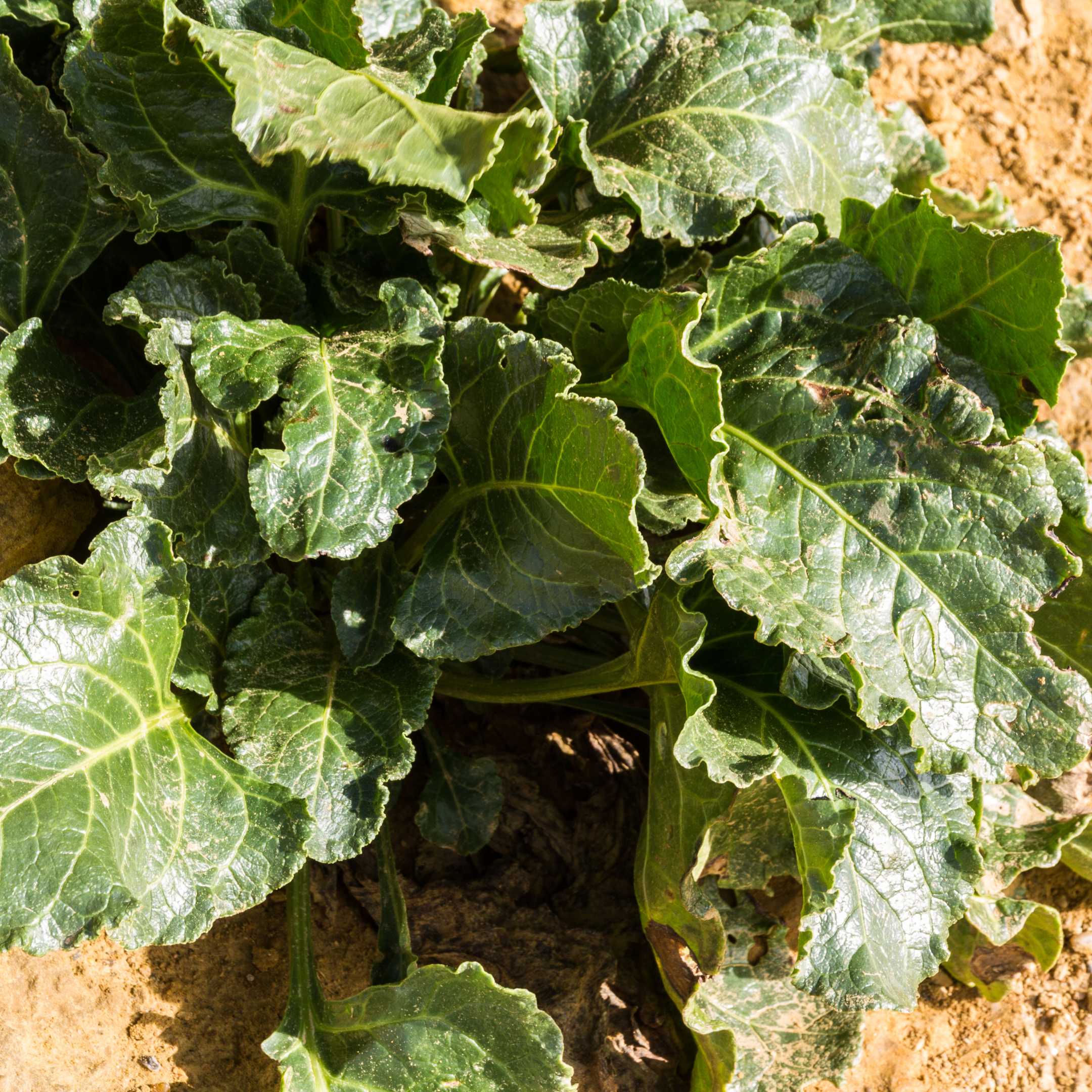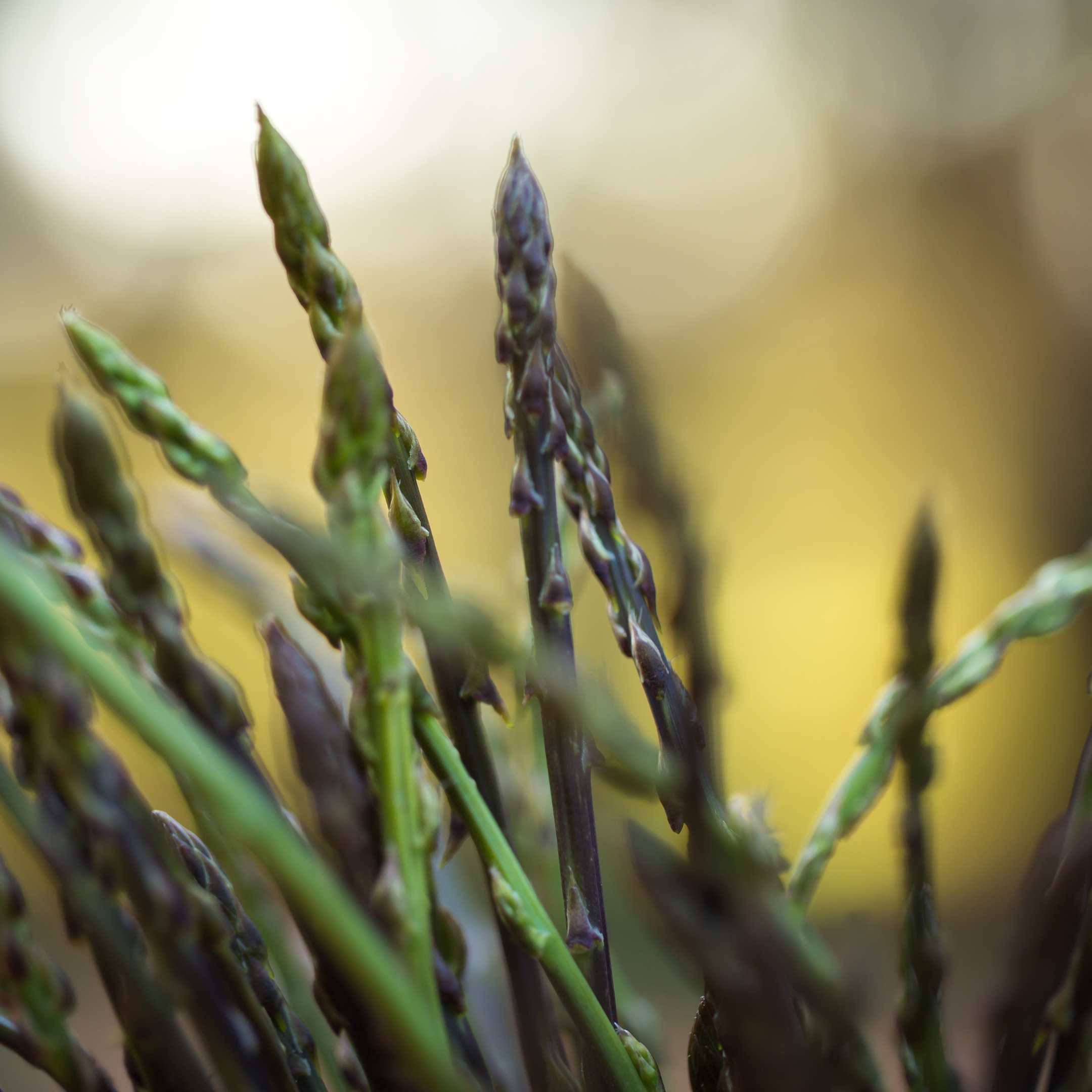Learn about the benefits of Dock and make these tasty Dock Seed Crackers.

Let’s delve deep into Mother Nature’s healing cabinet with Heléna Szöllősy.
Gozo is utterly brimming with wild plants, and they all have healing properties. If you’ve ever been stung by stinging nettles, then you will know that the leaves of this Polygonaceae are phenomenal healers… but there is so much more to this ordinary leafy plant.
Rumex conglomeratus – Murray
Botanical name: Rumex conglomeratus - Murray Synonyms: Rumex glomeratus Family name: Polygonaceae Maltese name: Qarsajja tal-ilma Common names: Sharp Dock, Clustered dock Meaning of the name: Rumex, the ancient Latin name for the docks or sorrels. conglomeratus, from Latin, clustered together, conglomerate.
Description
Dock is a perennial growing to around 2ft high. They usually have long taproots and the fleshy, leathery leaves form a basal rosette at the root. Flowering from April to June, the flowers and seeds grow on long clusters.
- Habitats: Damp grassy places, sometimes also found in woods
- Range: Europe, from Scandinavia south and east to North Africa, West Asia.
- Status for Malta: Indigenous. Originating from Maltese islands. Frequent in the wild.
- Parts Used: leaves, roots
- Herbal Actions: Antiscorbutic, Astringent, Anticancer, Antioxidant, Astringent, Bitter, Cathartic, Depurative, Laxative, Refrigerant, Skin tonic
- Main active constituents chrysophanic acid, emodin, oxalic acid, sugar, tannic acid, albuminous and gummy matter, crystalline substances (rumicin, nepalin, and nepodin), starch, iron, lignin, rumicin
Internal Uses:
- Dock root has an astringent, bitter taste, with little or no odour. An infusion is taken internally in the treatment of scurvy and as a general blood cleanser. This infusion is also useful in the treatment of bleeding.
- The leaves are somewhat laxative and form an excellent diet in scorbutic cases.
- The root yields its virtues to water and to alcohol but don’t boil it too long.
- Dock root is astringent, gently tonic, and has been supposed to have alterative properties, making it useful in skin diseases and even syphilis, and is mildly purgative.
- The root has laxative, alterative and mildly tonic action, and can be freely used as a tonic and laxative in rheumatism, bilious complaints and as an astringent in piles, bleedings of the lungs, etc. It is largely prescribed for diseases of the blood, from a spring eruption to scurvy, scrofula, and chronic skin diseases.
- It is also useful in jaundice and as a tonic to the stomach and the system generally. It has an action on the bowels very similar to that of Rhubarb, being perhaps a little less active, but operating without pain or uneasiness. Rumicin is the active principle of the Yellow Dock, and from the root, containing Chrysarobin, a dried extract is prepared officially in pills. This is useful for relieving a congested liver, as well as for scrofulous skin diseases.
- Decoctum from the seeds has been given with advantage in dysentery, for their astringent action. The Yellow Dock has also been considered to have a positive effect in restraining the inroads made by cancer in the human system, being used as an alternative and tonic to an enfeebled condition caused by necrosis, cancer, etc.
- It has been used in diphtheria.
External Uses:
- Externally it is made into an ointment and applied to cutaneous eruptions.
- Apply externally for cutaneous affections
- Use as an ointment by boiling the root in vinegar until the fibre is softened and then mixing the pulp with lard.
- A decoction of the leaves is used in the treatment of several skin diseases.
Edible Uses:
- The young leaves and shoots of several species of Dock may be eaten as potherbs, but are not very palatable, and have a slight laxative effect.
- Eat as greens. They are very bitter, especially as the leaves grow older but most of the species are edible when young and are occasionally used like spinach.
- Eat the seeds raw or cooked.
- They can be ground into a powder and added to flours when making bread, biscuits etc.
- The seed is small and fiddly to harvest and an acidy flavour. This, with its French variety, R. scutatus, has been much cultivated as a potherb.
” Nettle in, dock out. Dock rub nettle out!”
Precautions:
Plants can contain quite high levels of oxalic acid, which is what gives the leaves of many members of this genus an acid-lemon flavour.
Perfectly alright in small quantities, the leaves should not be eaten in large amounts since the oxalic acid can lock-up other nutrients in the food, especially calcium, thus causing mineral deficiencies. The oxalic acid content will be reduced if the plant is cooked. People with a tendency to rheumatism, arthritis, gout, kidney stones or hyperacidity should take special caution if including this plant in their diet since it can aggravate their condition.
Recipe: DOCK seed crackers
Ingredients:
- 1 cup of dock seed flour
- 1 tsp of salt
- 1 cup flour
Method:
- Mix in enough water to make pliable, but not sticky dough.
- On a well-floured surface, roll the dough as thin as possible.
- Cut into desired shapes or transfer it whole to a well-oiled cookie sheet.
- Bake for 10 -12 minutes at 250 C or until crisp.
Click to catch up on the health benefits of Asphodel, Borage, Capers and Giant Fennel, but if you are keen to own the book, click here to purchase the e-version of Weeds for Health on Gozo.

Author and Images: Heléna Szöllősy.
Helena is an expert on the medicinal properties of plants having trained in Herbal Medicine and Naturopathy, specialising in Phytotherapy including Homeopathy, Aromatherapy, Apitherapy and Bach Flower Therapy.









